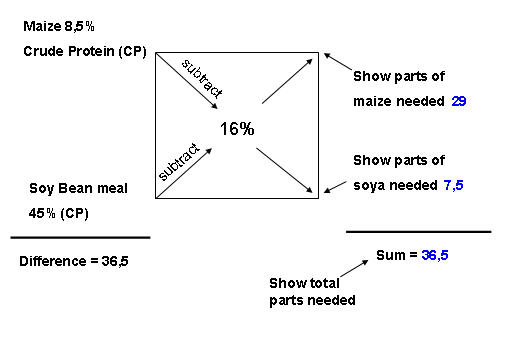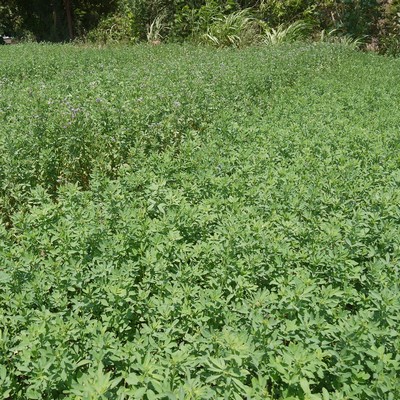Feeding of indigenous chicken is of importance in order to increase production of meat and eggs.
A lack of feed and water will reduce resistance to disease, parasites and mortality.
Under a free-range chicken production system with temporarily confinement during planting season and at night, you can supply grains, by-products of grains or tubers besides the green forage and seeds they collect during scavenging.
With a variety of feeds (plants and insects), requirements for minerals, trace-elements and vitamins are likely to be met.
Water should be available at all times.
Young chicken should be fed with easy to digest feeds that are energy and protein rich.
Types of Feeds Starter diet :
Chick mash – high in protein offered upto 8 weeks
Growers’ diet : Medium in protein offered from 9- 19 weeks
Layer diet: Lower in protein offered from 19 weeks onwardsFeed FormulationEnergy feeds: Maize, millet, sorghum, sugar, maize bran, pollard, wheat bran, maize germ, roots and tubersForms over 75% of poultry feed
For Body Maintenance requirements e.g. body temperature, vital functions and exercise
Protein feeds: Blood meal, fish meal, meat and bone meal, cotton seed, soya meal, sunflower meal, peanut meal, beans, peas, oil cakes, fish, maggots, termites, worms, insects.Form less than 20% of poultry diet due to high costs among others
Needed for growth, production and optimal health
Minerals feeds: Bone meal, burned eggshells
Important for bone and egg formation
For optimal health status Important minerals are calcium and phosphorous in a ratio of 2:1
Vitamins: Green grass, vegetables, fresh cow dung (scavenging birds)Important for optimal health status i.e. disease preventionImportant vitamins; A, B2 and D
Non-nutrient substancesGritsWaterMedications
Criteria
Extensive
semi intensive
Intensive
Flock size mainly in small scale production
Purpose
For home consumptionHome consumption /incomegenerationIncome generationSocial RoleSocial & cultural importanceSocial importanceNo social importance
Genotypes
- Indigenous
- Indigenous/improved
- Improved
- Mortality
- High mortality
- Moderate mortality
- Low mortality
- Feed Source
- Scavenging
- Scavenging+ Supplementation
- Commercial feeds
- Disease control
- No vaccination
- Newcastle disease vaccination and occasionally Fowl pox
- Various vaccination schemes
Housing
Shared with other household members at night
Simple housing made of local material with a run
Housing made of conventional material
Common Feed Problems
Fish – fishy taste to meat and eggs
Cassava – contains cyanide which is toxic
Oil and seed cakes can contain excessive amounts of oil and fiberBeans and peas contain a number of anti-nutritional substances
Age in Weeks
…………………………….
Feed Consumption (g/day) Cumulative Feed (kg)





